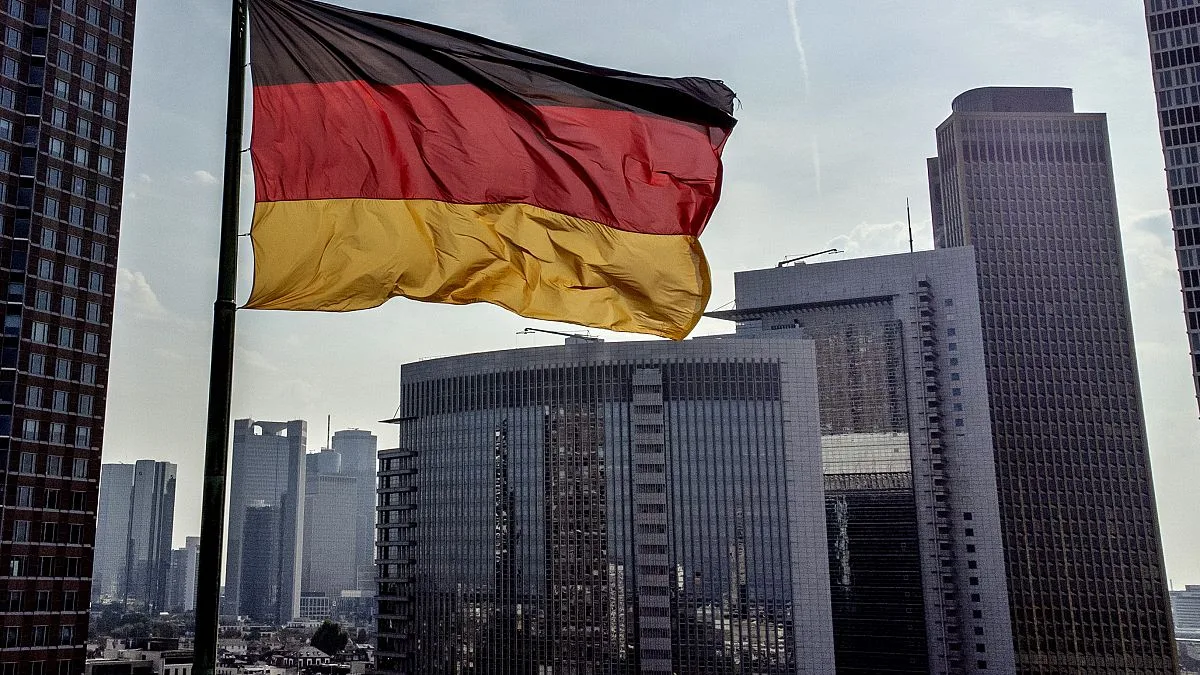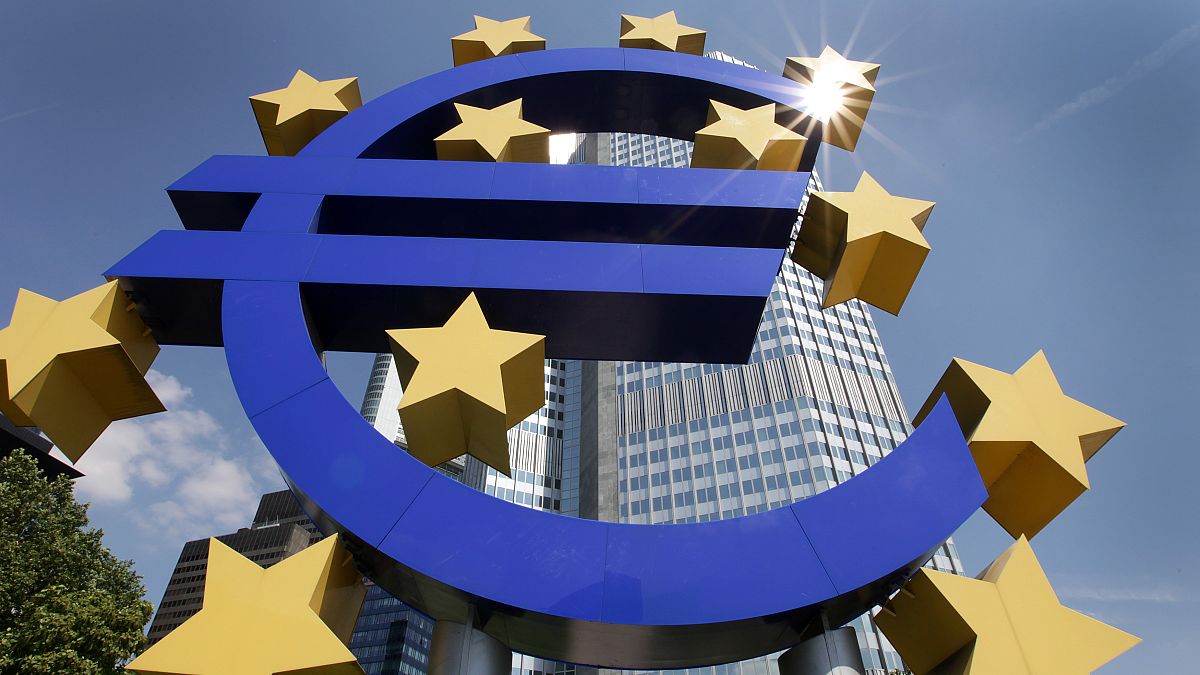Spain’s productivity levels have been lagging behind the European Union average, a trend that has noticeably worsened over the past decade.
The National Statistics Institute (INE) reported that Spain’s year-on-year inflation rate for August was 2.3%, marking a decline from July’s 2.8%. However, this figure still exceeded analysts’ predictions of 2.2%.
This decrease in inflation was largely driven by a slowdown in the price increase of food and non-alcoholic beverages, which rose by 2.5% in August compared to 3.1% the previous month. The cost of alcoholic drinks and tobacco also dropped slightly, registering a 3.6% increase in August, down from 3.7% in July.
Additionally, restaurant and hotel costs fell to 4.6%, down from 4.7% in July, while footwear and clothing costs decelerated to 0.7% in August, down from 0.9% the previous month.
On the flip side, inflation in the recreation and culture sector saw an increase, climbing to 2% in August from 1.6% in July. Housing and utility costs also rose to 4% in August, an increase from 3.2% in July.
Challenges in Productivity Stifling Spain’s Growth
According to the European Commission’s 2024 country report on Spain, the nation’s productivity remains a significant concern. It continues to fall short compared to the EU average, a challenge that has been exacerbated over the last decade.
This productivity struggle can be attributed to several elements, including disappointing investments in business innovation and research, alongside a decrease in knowledge transfer from scientific sectors to the business realm.
Ongoing skill shortages coupled with an increasingly fragmented domestic market have also played a role in hindering productivity growth.
Furthermore, rising regulatory barriers for small and medium-sized enterprises (SMEs) have stifled growth prospects, as has restricted access to equity funding.
Nevertheless, the Spanish economy has exhibited resilience. The International Monetary Fund (IMF) noted in its June report that “The Spanish economy has remained robust in the face of multiple shocks, with effects mitigated by exceptional policy support now being gradually phased out.”
The organization highlighted that “the labor market has shown remarkable strength, with some longstanding issues—such as the high percentage of temporary workers and elevated unemployment rates—beginning to improve.”
Looking ahead, growth projections for Spain stand at 2.4% for 2024, with both headline and core inflation anticipated to align closely with the European Central Bank’s target by mid-2025.
While the risk landscape is becoming more balanced, threats still linger, primarily leaning towards downward growth risks and upward inflation concerns. These include domestic issues like political fragmentation and sluggish execution of Next Generation EU (NGEU) investments, along with global uncertainties such as energy price fluctuations and geopolitical tensions.
Photo credit & article inspired by: Euronews



